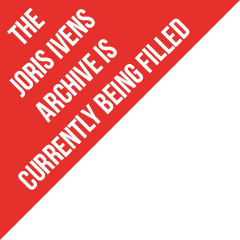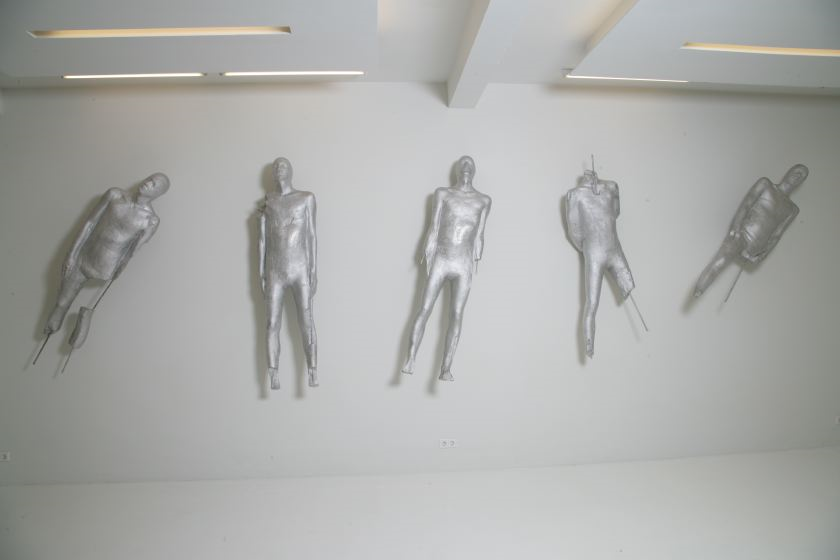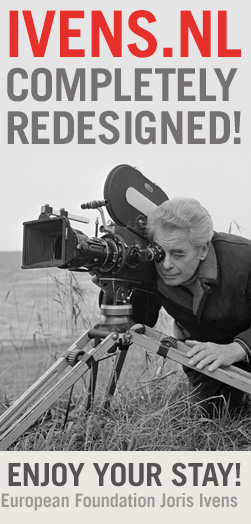

Name Curators: Caroline Kennedy-Pipe/ James I. Rogers
Title of the work you have chosen: Fragments
Year of production: 2006
Format: Sculpture

This month we have two curators. The interesting fact is that one of the curators is also involved in another Politics and Poetry project. So we are very glad to have this opportunity to share ideas.They selected a picture of a sculpture of the artist Steinunn Thórarinsdóttir called 'Fragments'. Contrary to what we normally do with the curators, there is no interview this time about their selection, but they entered an article about the work and ideas behind it. So please read their interesting thougts about 'Fragments' and their ideas about art, politics and war.
Names curators: Caroline Kennedy-Pipe/ James I. Rogers
Your Functions: Professor of War/ Co-Director of the Poetry & Politics Project
What is your main interest: Art, Politics & War (for both of us)
Country: United Kingdom
Name of the artist: Steinunn Thórarinsdóttir
In the eyes of the artist, Fragments is said to “reflect on the fragility of human existence. It also references the destruction of artworks through the centuries in times of war”.
The work of the artist, whether an author, a sculptor or a dramatist is often, indeed usually, suppressed, banned or directed in times of war, conflict or national emergency. Historically of course art has been co-opted into the workings of the state to deliver and represent national pride, sacrifice and a certain understanding of the recent past. Quite often representation takes the form in art and sculpture of the human body whether in its glorious youthful form (such as Marianne in France with hope of reinvigoration and renewal or in some, such as Rude’s depiction, symbolising an angry nationalism). In other places it may simply be a roll call of the names of the dead - the glorious dead – as recorded on every memorial in every village across the battlefields of Europe. This stand in opposition to the silent, grey and solemn cenotaphs and statues in cities across the world in London, Washington, Paris. Brest or old Stalingrad. The names of the ‘fallen’ often account for line after line carved in to the stone of these great memorials or sometimes simply the soldiers are unknown – lumped together as ‘everyman’. These grand memorials both remember the dead (often acting as the centrepiece of cemeteries) but also recall the decisions taken often far from the battlefield by the politicians.
In contemporary times there is not now as Chekhov had feared ‘a total absence of any literary or social conscience’ on the subject of politics and war. Yet there are dangers. The ‘danger’ with art is that it can pave the way for making horrors bearable by transforming it in to beauty as when Celine (in North) described the eerie beauty of the railway carriages moving along the tracks at night stacked high with Nazi victims of genocide glowing with phosphorous flames.
How we represent conflict defines the state and therefore politics. Nationalism has been and remains in many societies a core value. In the past we talked of a ‘dramatic style’ of art and aesthetics. This dramatic style was intended to engage emotion rather than critical rationality of the kind which Mill had in mind. This style which developed from 1789 onwards was important for a number of reasons not least for the development of ideologies such as fascism or Stalinism which masqueraded as nationalism. Nazism in particular co-opted new technologies for dramatic effect; the staging of the Nuremberg rallies using newly developed search light that could shine up to a mile high in the sky. Art, theatre and presentation was dramatic but was also politically instrumental. One need only think of the presentation of the ‘shock and awe’ campaigns against Iraq in particular to see that war is still in many respects presented as a spectacle in the service of Western states.
There is however evidence, as in this sculpture, that perhaps there is a rejection of such values in a post Iraq and Afghan environment and a divorce between art and the instrumental nature of politics.
So this frieze is of its time. Counting the numbers of the dead in war is an inherently political activity but so too is the representation of those maimed by war. Recent conflicts have been dominated not just by the number of body bags but by the living representation of those who have lost limbs to the Improvised explosive device (IED).
The IED is a cheap, improvised and ruthless devise that may be deployed as a roadside bomb, in a suicide vest or strapped to an animal. It is the cheap alternative to high tech weaponry and has changed the face of modern warfare. IEDs litter the landscape of war and post conflict environments. Soldiers and civilians alike confront the IED on a daily basis. If we take the example of the UK alone, more than 7.400 UK soldiers were treated in field hospitals in Afghanistan for battlefield injuries. Canada, France and Germany also reported hundreds of ‘wounded’. Of the number of American troops who died fighting the wars in Iraq and Afghanistan, over 6.800 at the beginning of 2015, IEDs accounted for 50% of these deaths. However it is not the military wounded we need to ‘remember’ although over a thousand British soldiers have been wounded in action. Over 6.900 ‘contractors’ working for the United States have been killed in war zones and some 210,000 civilians (in a conservative estimate) have died violent deaths with nearly 30,000 in Afghanistan alone. The mental health of both troops and civilians remains a significant concern during and after conflict. Psychological wounds are pervasive and untreated. In 2009 alone the Afghan Ministry of Public Health cited statistics that 66% of Afghans suffer mental health problems – those who lost limbs or have other disfiguring injuries are more prone to anxiety and depression.
So these maimed figures represent the human body not in a glorious form but in its fragmented form. These bodies carry the scars of war. Faceless, sometimes headless, these symbolise loss. Unnamed and sightless – any man or any woman. This reinforces the importance of art as a rejection of war as glorious. Huizinga in Homo Ludens (Playful Man) argues that no civilization can have a moral or ethical perspective of any kind unless it has at its core a regard for aesthetic values. The Greeks had such a regard as evidenced by the Olympic Games. The aesthetic aspect can be embodied through a sense of play which Huizinga claims has been lost and indeed barbarized by the triumph of a purely instrumental perspective. Steinunn’s work has at its heart the idea that man is never ‘totally whole’. Her ‘bodies’ are dissected and fragments in a greater context. But her work is filled with ‘playfulness’.
Joris Ivens because of his anti-fascist views would have been keenly aware of the use and manipulation of art by the Nazis and would surely appreciate a renewal of ‘playfulness’.
Caroline Kennedy-Pipe is Professor of War Studies at the University of Hull in the United Kingdom. She is the author of several books and numerous articles on war and conflict. She is currently working on drones, IEDs and civilians in war zones.
J.I. Rogers is Co-Director of the Poetry and Politics Project and Associate Lecturer in International Politics at the University of York in the United Kingdom. Now in its fourth year, the Poetry & Politics Project continues to ignite interest in the crossovers between politics and the arts in all its various forms. A collection of the project’s work on the relationship between culture, art and war is due for publication in 2016.
We would like to thank Professor Noel O’ Sullivan (University of Hull) for his comments and insights on this theme.
